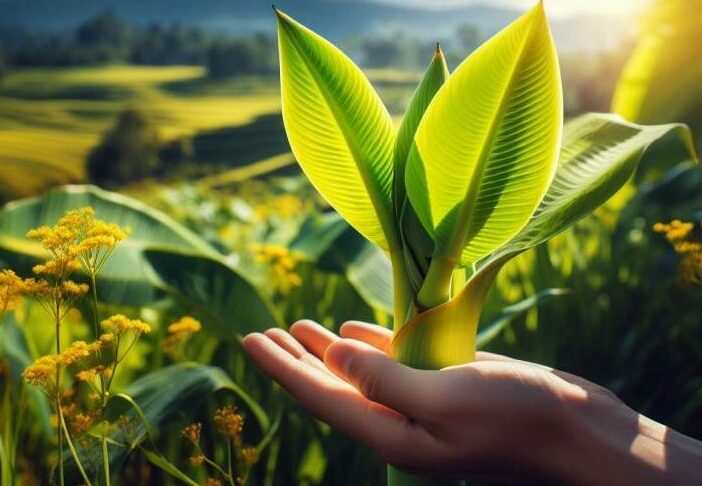Baby bananas, also known as dwarf banana plants, are not just adorable to look at; they also offer delicious, miniature-sized fruit. These tropical treasures can thrive under the right growing conditions. In this comprehensive guide, we will explore the key factors that contribute to successful baby banana plant growth. By understanding the specific requirements of these plants, you can transform your garden into a lush paradise and enjoy a bountiful harvest of baby bananas.
I. Choosing the Right Location
Table of Contents
The first step in cultivating thriving baby banana plants is selecting the ideal location. Here are some essential considerations:
1. Sunlight: Baby bananas thrive in full sun. Ensure they receive at least 12 hours of sunlight daily. Plant them where they can soak up the sun’s rays, which are essential for photosynthesis.
2. Protection from Wind: While they love sunlight, baby banana plants are sensitive to strong winds, which can damage their delicate leaves. Planting them near a windbreak or in a sheltered area can help prevent wind-related stress.
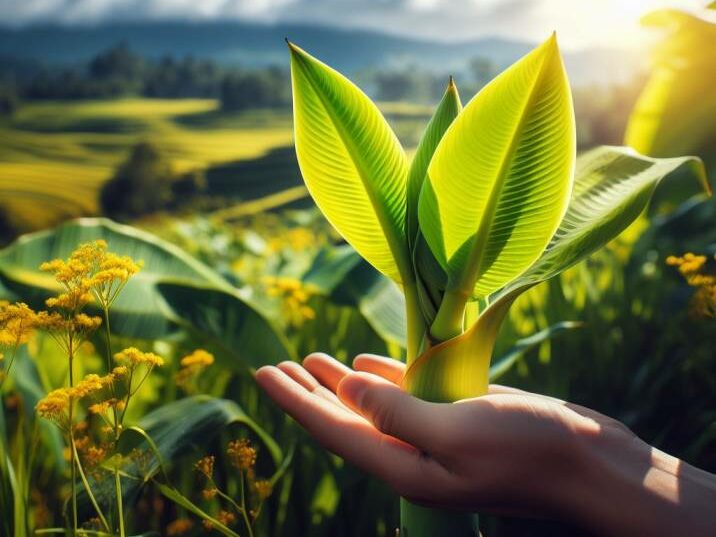
II. Soil Preparation
Proper soil preparation is crucial for baby banana plant growth. Follow these guidelines:
3. Soil Type: Baby bananas prefer well-draining soil rich in organic matter. A mix of loamy and sandy soil with good drainage properties is ideal.
4. Soil pH: Maintain a slightly acidic to neutral soil pH level between 6 and 7. Regularly check and adjust the pH to create optimal growing conditions.
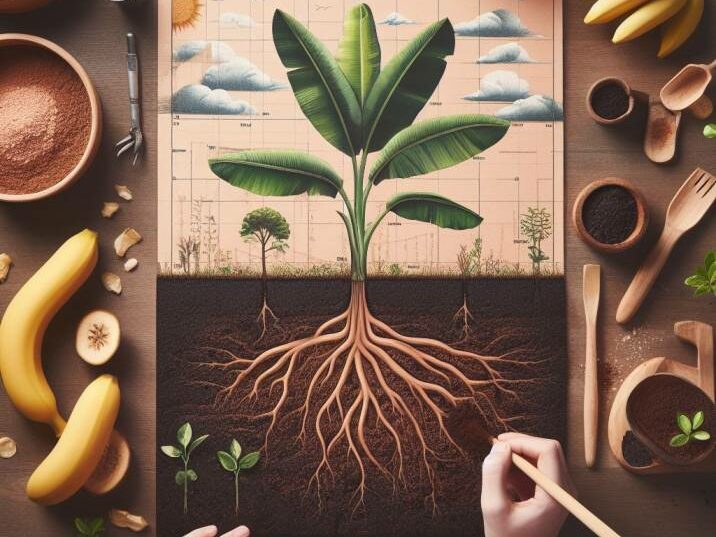
III. Planting and Spacing
When it comes to planting baby banana plants, you should consider:
5. Planting Depth: Ensure that the plant is at the same depth as it was in its nursery container. Planting too deep or too shallow can affect root development.
6. Spacing: Plant baby bananas at least 4 to 8 feet apart. Providing ample space allows them to grow without competition for resources.
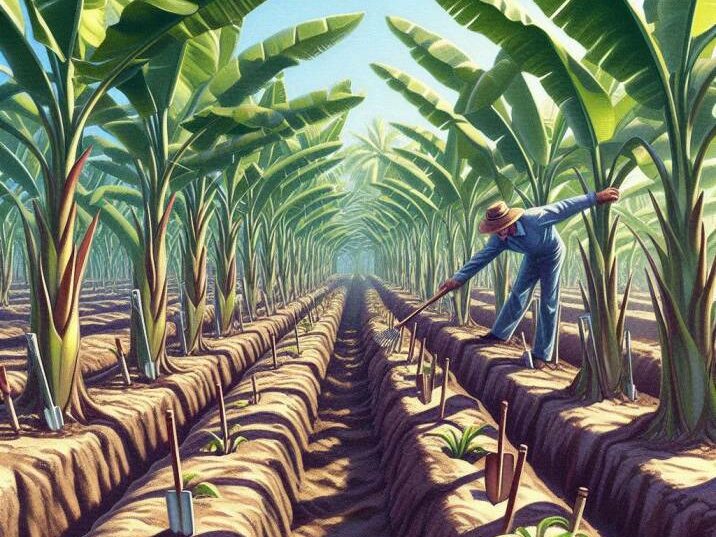
IV. Watering
Effective watering is vital for baby banana plant growth. Consider these aspects:
7. Consistency: Maintain a consistent watering schedule. Keep the soil consistently moist but not waterlogged.
8. Mulching: Apply mulch around the base of the plant to help retain soil moisture and prevent weeds.
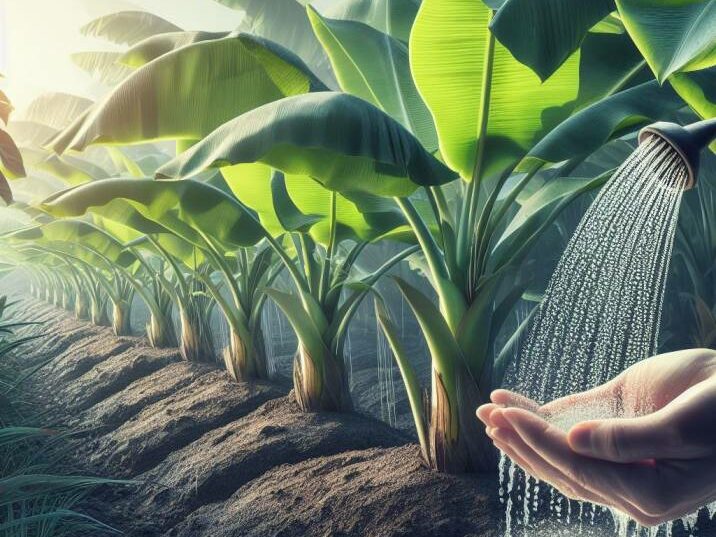
V. Fertilization
Baby banana plants have specific nutrient requirements:
9. Balanced Fertilizer: Use a balanced, slow-release fertilizer with a ratio of 8-10-10 or similar. Apply it every two to three months during the growing season.
VI. Pruning and Maintenance
Proper pruning and maintenance are essential to encourage healthy growth:
10. Removing Dead Leaves: Regularly remove dead or damaged leaves to enhance air circulation and reduce the risk of diseases.
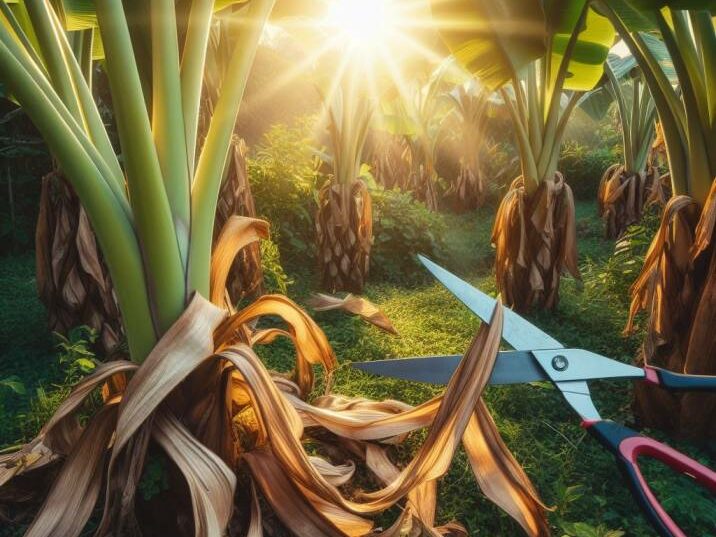
VII. Protection from Pests and Diseases
Ensure your baby banana plants are safeguarded against common pests and diseases:
11. Pest Inspection: Periodically inspect your plants for aphids, mealybugs, and spider mites. Early detection allows for prompt treatment.
12. Disease Prevention: Prevent fungal diseases by maintaining good air circulation, avoiding overwatering, and using fungicides when necessary. Proper sanitation is also essential.
VIII. Cold Protection
Baby banana plants are sensitive to cold temperatures. Take the following steps:
13. Cold Spells: In areas prone to cold spells, cover your plants with blankets or cloths to protect them from frost.
14. Container Gardening: If you’re in a colder climate, consider growing baby bananas in containers so you can move them indoors during winter.
IX. Propagation
Propagation allows you to multiply your baby banana plants:
15. Pups: Baby banana plants produce offshoots known as “pups” that can be separated and transplanted to create new plants.
X. Patience and Care
Baby banana plants may take time to produce fruit, so be patient and diligent in their care:
16. Fruit Development: Baby bananas typically take around 60 to 75 days from flowering to ripening, depending on the growing conditions.
By following these growing conditions and practices, you can nurture healthy baby banana plants that yield an abundance of delightful, miniature bananas. Whether you’re a seasoned gardener or just starting, the rewards of growing baby bananas are well worth the effort. Happy gardening!
Table: Essential Growing Conditions for Baby Bananas
| Factor | Key Considerations |
|---|---|
| Location | Full sun, protection from strong winds |
| Soil Preparation | Well-draining, slightly acidic to neutral pH |
| Planting and Spacing | Correct depth and adequate spacing |
| Watering | Consistent moisture, mulching |
| Fertilization | Balanced, slow-release fertilizer |
| Pruning and Maintenance | Regular removal of dead leaves |
| Pest and Disease Protection | Pest inspection, disease prevention |
| Cold Protection | Covering during cold spells, container gardening |
| Propagation | Separating and transplanting pups |
| Patience and Care | Fruit development and ongoing care |
Conclusion
In the world of gardening, baby banana plants stand out as a unique and rewarding addition to your garden. Successfully cultivating these tropical wonders begins with understanding their specific growing conditions. From sunlight to soil, water, and care, the right practices can lead to a flourishing garden filled with delicious, miniature bananas. Whether you’re a seasoned gardener or just starting, the rewards of nurturing baby banana plants are well worth the effort. So, embark on this green journey, and watch as your garden transforms into a lush paradise of baby banana plant growth. Happy gardening!
Frequently Asked Questions (FAQs) on Baby Banana Plant Growth
1. How much sunlight do baby banana plants need for optimal growth?
- Baby banana plants require at least 12 hours of full sun daily for optimal growth and fruit production.
2. What type of soil is best for baby banana plant growth?
- Baby banana plants thrive in well-draining soil that is slightly acidic to neutral with a pH level between 6 and 7.
3. How often should I water my baby banana plants?
- Maintain a consistent watering schedule, keeping the soil consistently moist but not waterlogged.
4. What’s the significance of mulching in baby banana plant growth?
- Mulching helps retain soil moisture, prevents weed growth, and contributes to healthy baby banana plant growth.
5. Can I grow baby banana plants in containers or pots?
- Yes, baby banana plants can be grown in containers, providing the pots are large enough to accommodate the plant and have adequate drainage.
6. When and how should I fertilize my baby banana plants for optimal growth?
- Use a balanced, slow-release fertilizer with a ratio of 8-10-10 or similar, applying it every two to three months during the growing season.
7. What pests and diseases are common in baby banana plant growth?
- Aphids, mealybugs, and spider mites are common pests that can affect baby banana plants. Fungal diseases can also be a concern.
8. What steps can I take to protect my baby banana plants from cold temperatures?
- Protect your plants from cold spells by covering them with blankets or cloths. In colder climates, consider container gardening to move plants indoors during winter.
9. How can I propagate baby banana plants to expand my garden?
- Baby banana plants produce offshoots known as “pups” that can be separated and transplanted to create new plants.
10. How long does it take for baby bananas to ripen after flowering?
- Baby bananas typically take around 60 to 75 days from flowering to ripening, depending on the growing conditions and care provided.
Conclusion
Growing baby banana plants is a rewarding endeavor, and understanding the essential growing conditions is key to success. By choosing the right location, preparing the soil, and providing proper care, you can nurture healthy plants that will yield a bountiful harvest of miniature bananas. Remember, patience and diligence are essential, as baby bananas may take some time to develop. With the insights provided in this guide, you’re well-prepared to create a lush and thriving garden filled with these tropical treasures. Happy gardening!

